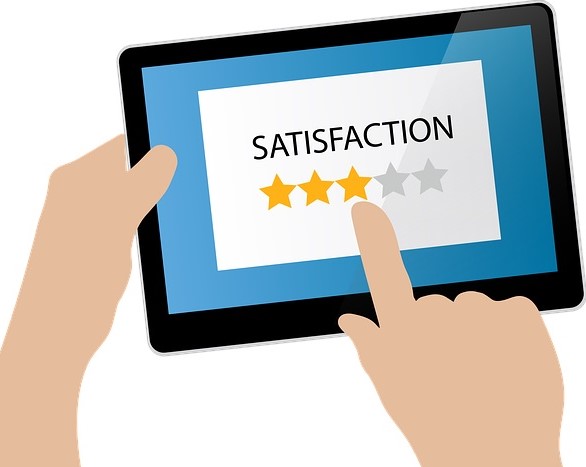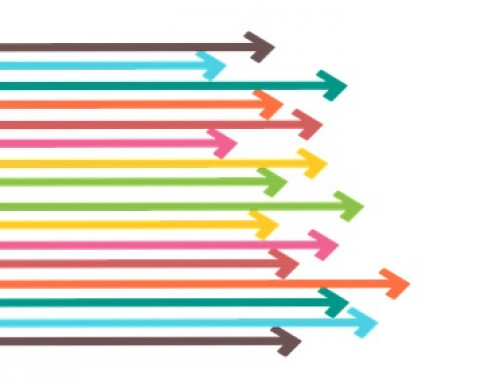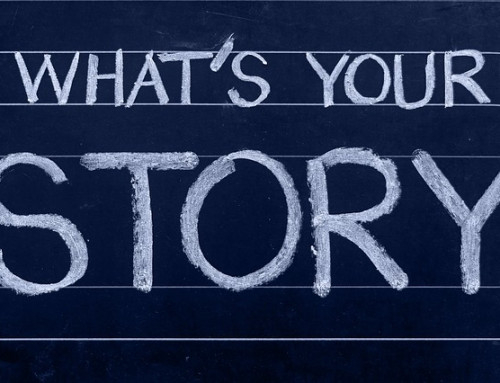
As we’ve covered in the past, the best way to learn about your customers’ wants is through the use of surveys. They won’t work, however, if you aren’t getting responses to your surveys. How do you ensure that you get a sufficient number of responses to your surveys in order to have good data to draw conclusions from?
Many wholesale distributors encounter difficulty getting customers to respond to their surveys. Survey response proves critical to ensuring that you represent accurately your customers’ opinions: The greater the proportion of customers who respond, the more representative your results become. Here are steps to improving response:
1. ALWAYS provide an incentive. You might, for example, invite your customers with a promise that everyone who completes the questions will earn a chance to win one of ten $100 Amazon gift cards. The investment you make will prove well worth it when you put your data to work—and you will build goodwill with your customers by showing them that you value their time and input.
2. Use multiple invitations. If you choose to conduct your survey online (which is what we recommend, because of practicality and cost), it is imperative to send multiple email invitations, not only because it increases response but also because you tend to draw different portions of the population across the three invitations. (The first invitation typically draws the most enthusiastic customers, either because they prove to be highly positive or because they are strongly negative. The second and third invitations tend to bring in respondents who lie more in the center of the distribution.)
3. Craft a good survey. Unfortunately, many— perhaps most—surveys that companies send out fail because they (a) include poorly-constructed questions and (b) imply that the whole purpose of the survey is to serve the interests of the business, not the interests of the customer. If your business is customer-centric, then your survey certainly must be. Make it feel as if it’s about the customer, not about you or your company. Do that by offering an incentive, by keeping it short, by focusing it squarely on the customer, and by promising the customer, in the introduction, that you will use the information to serve him or her more effectively.
Don’t miss the opportunity to communicate some of your results to your customers. To do so, create a one-page report that reports on 3-5 key findings in the data. Here’s how we suggest you structure the report:
1. Thank them for providing their feedback and making the project a HUGE success.
2. Note that you awarded the survey incentives (for example, the 10 gift cards) to happy winners.
3. Note that you listened to and learned from what they told you by not only performing a careful analysis of the data but also by reading every single comment that they shared with you, so you can act on it appropriately.
4. Summarize 3-5 key data findings:
a. Begin with areas in which you excelled. For most of our clients, the overall satisfaction measures (“How satisfied are you with XXX, overall” and “How likely would you be to recommend XXX to another company who was not a direct competitor of yours?”) provide high marks.
b. Thank them for the praise; then promise them that you will work to live up to their confidence in you.
c. Next, turn to your opportunities for improvement. For example, if they told you that they’re far less satisfied with your eCommerce, website, and email communication than they are with your customer service and delivery, report that to them and tell them how you’ll take action to capitalize upon the opportunities for improvement that they illuminated for you.
By doing this, you’ve shown your customers that you listen to what they tell you and take action on their input. Doing so will differentiate your company in the marketplace because very, very few companies report back to their customers in this way after the company conducts a survey. This helps to strengthen the all-important bond with your customers, which lies at the foundation not only of customer service but also of your very business. It also helps to “train” your customers to respond to your surveys by showing them that you will, indeed, act on their input.
 This blog post is based off material from my book with Randy MacLean:
This blog post is based off material from my book with Randy MacLean:
“YOU CAN’T SERVE THEM WELL IF YOU DON’T KNOW THEM WELL: Capturing and Captivating Customers with Concierge Customer Service™”
You can get the first two chapters for FREE here.
If you’d like a full copy of the entire book, you can get it here.
 Dr. Jeanne Hurlbert, President of Hurlbert Consulting is an expert in sociology and survey research. After spending more than 25 years in academia, she now uses her extensive behavioral science expertise to help companies like yours distinguish yourselves through customer service. What sets her approach to customer service apart is that she begins by helping companies meld research and marketing to find out:
Dr. Jeanne Hurlbert, President of Hurlbert Consulting is an expert in sociology and survey research. After spending more than 25 years in academia, she now uses her extensive behavioral science expertise to help companies like yours distinguish yourselves through customer service. What sets her approach to customer service apart is that she begins by helping companies meld research and marketing to find out:
(a) exactly what their customers want and
(b) exactly how well they’re succeeding in giving customers what they want.
You can schedule a consult with her by going to www.ConciergeCustomerService.com; you can call her at 888-590-9677; or send an email here. And, if you’d like to complete her complimentary assessment to see how well you’re doing in knowing and serving your customers well, just go to www.FixYourService.com.





